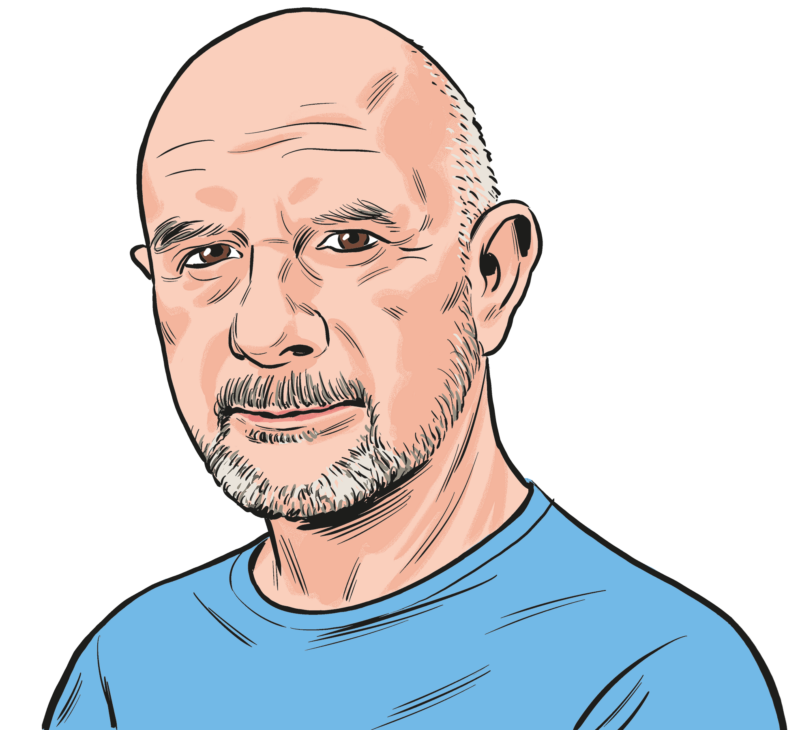Books Read:
- Prince and the Purple Rain Era Studio Sessions: 1983 and 1984—Duane Tudahl
- Last Chance Texaco: Chronicles of an American Troubadour—Rickie Lee Jones
- What White People Can Do Next: From Allyship to Coalition—Emma Dabiri
You have reached your article limit
Sign up for a digital subscription and continue reading all new issues, plus our entire archives, for just $1.50/month.
Already a subscriber? Sign in






